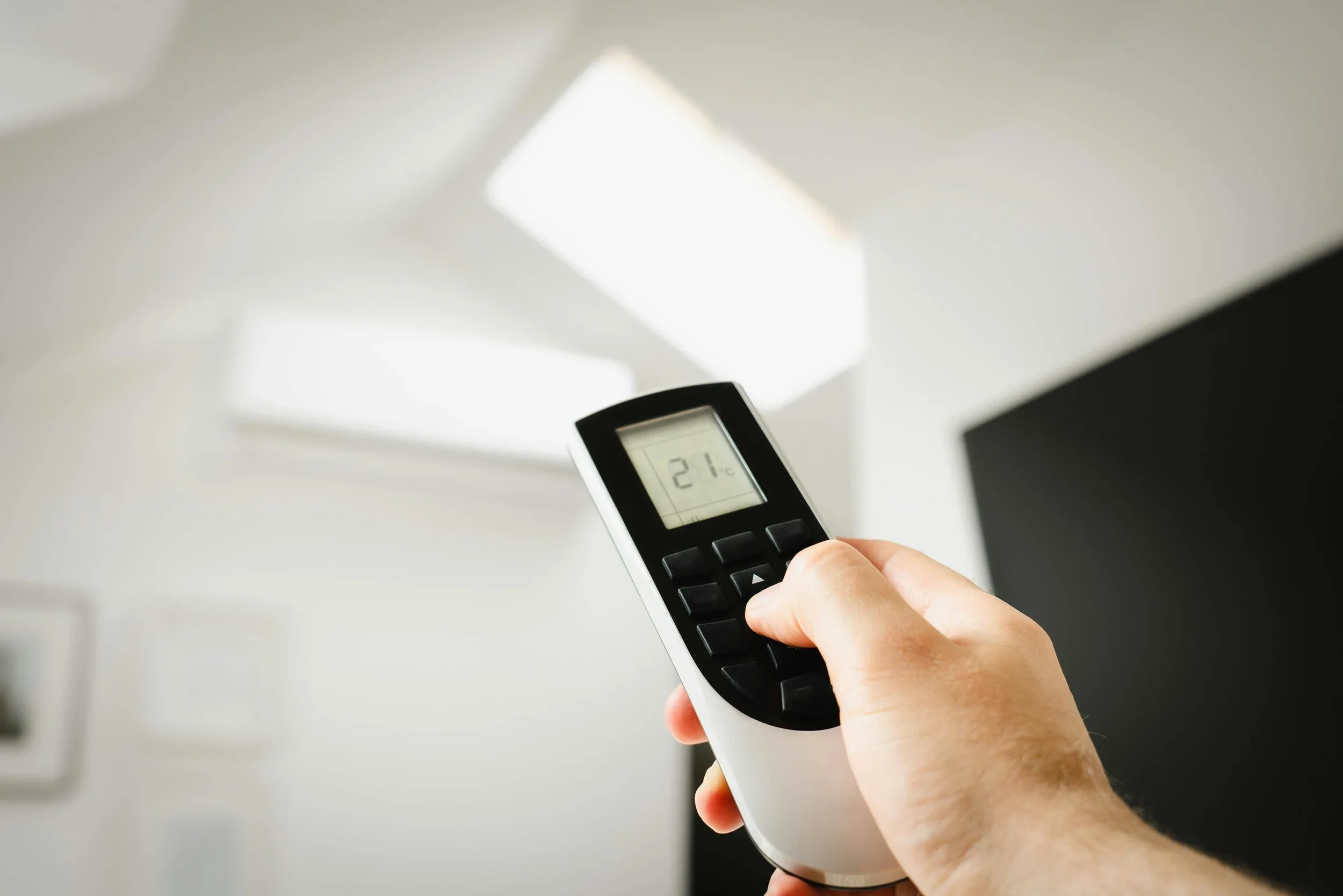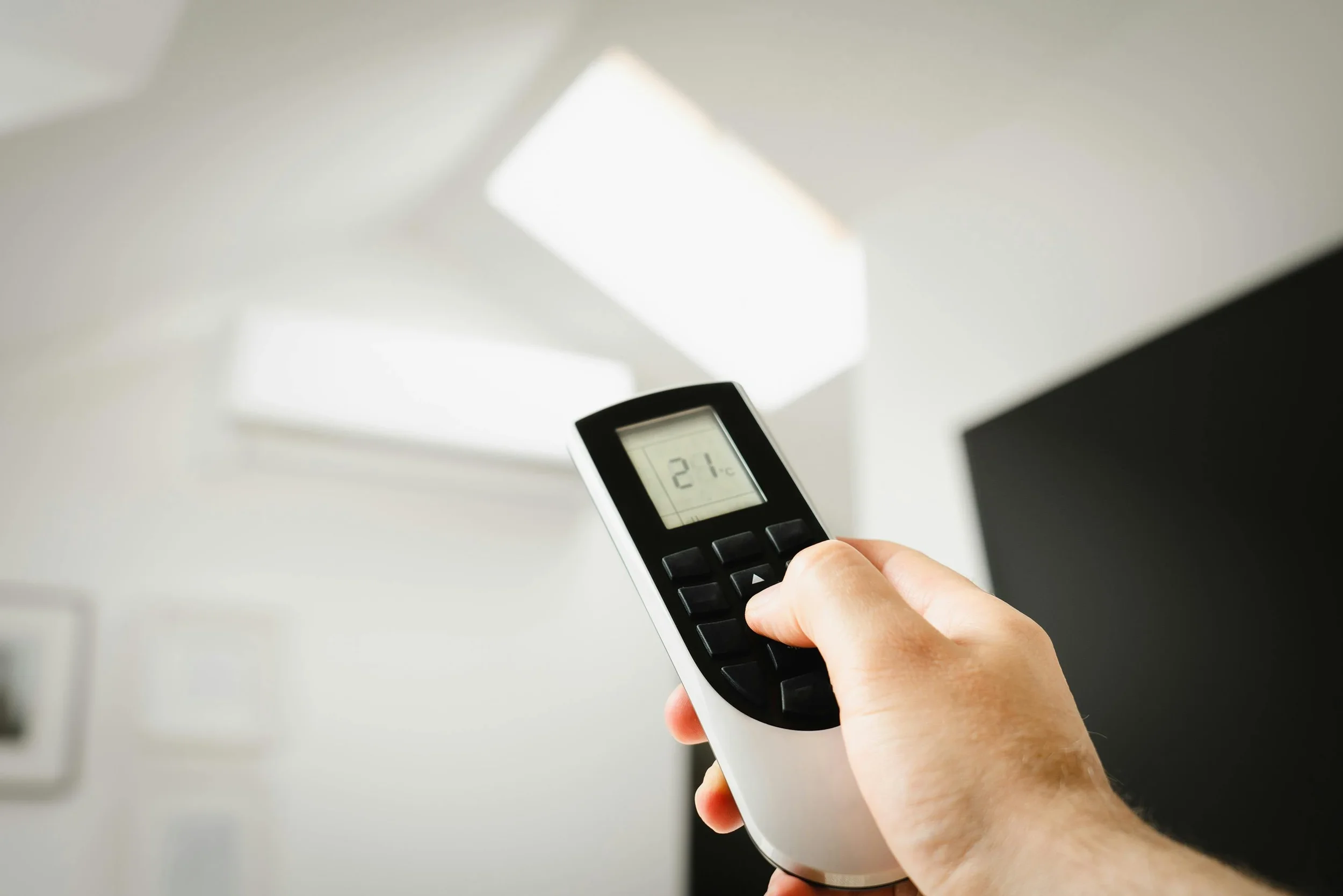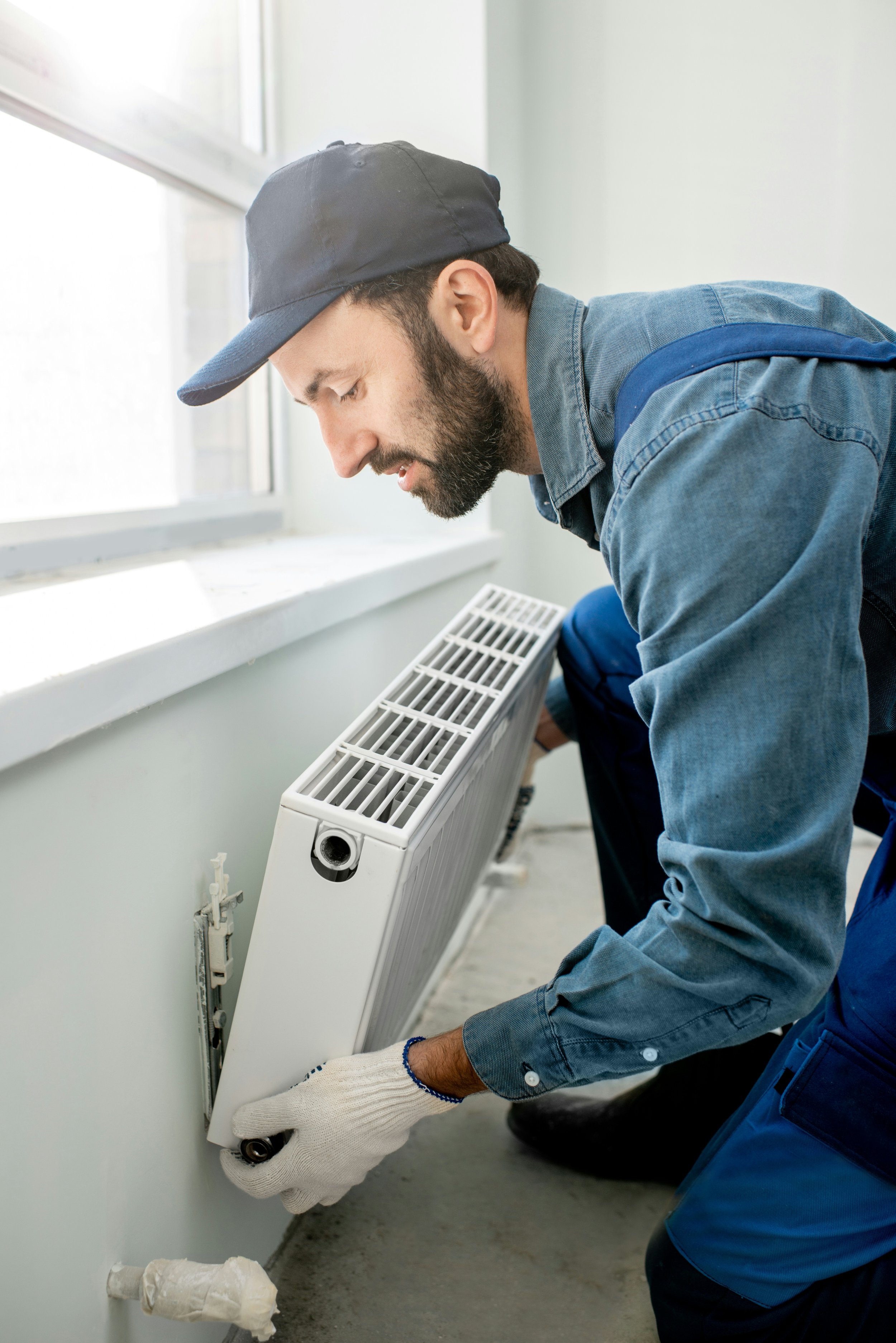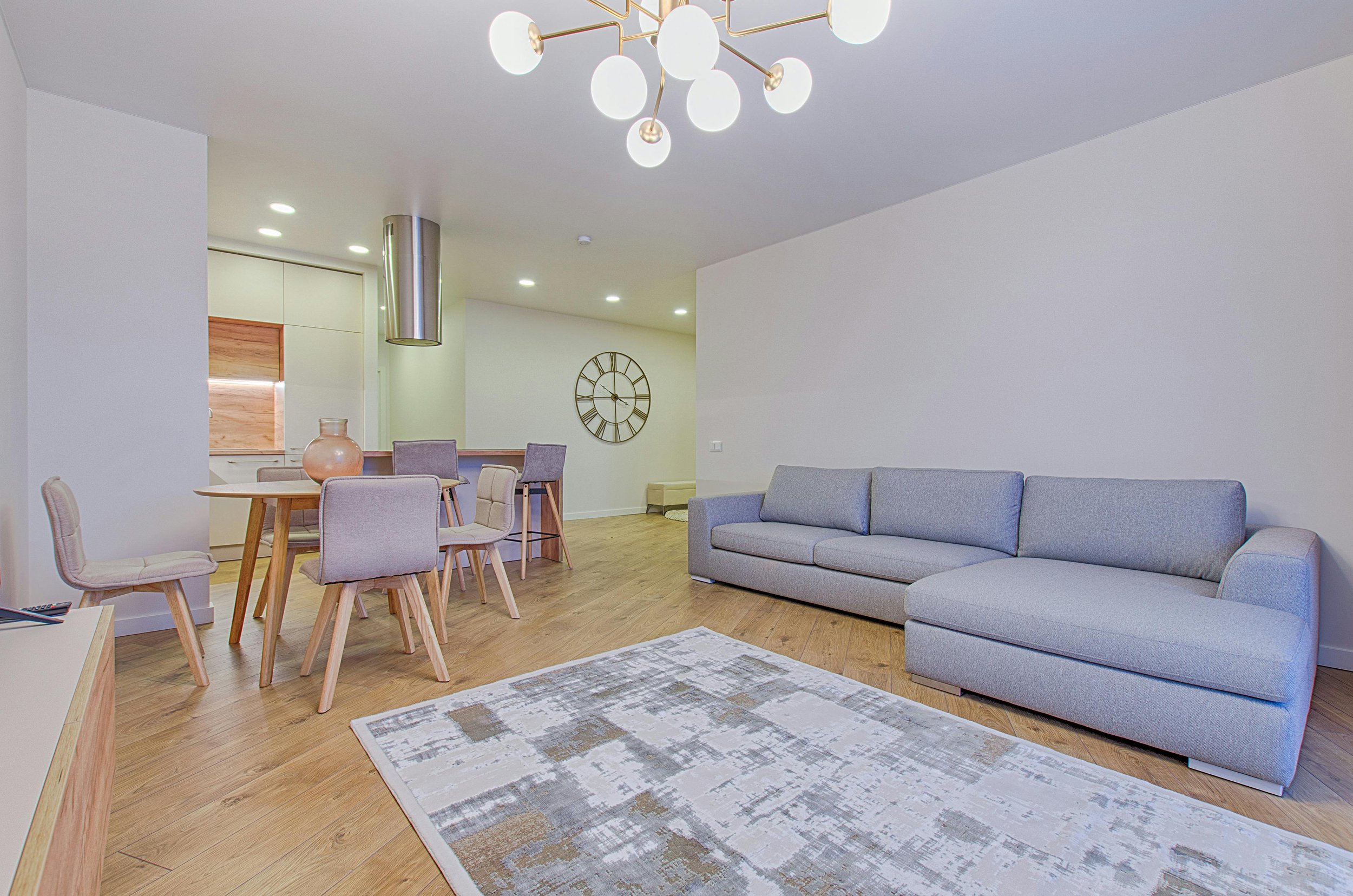Modern Temperature Control Solutions For Classic Homes
Discover how modern temperature control systems can enhance comfort, efficiency, and preservation in classic homes without compromising their charm.
Classic homes offer timeless charm, unique architectural details, and a sense of history that modern buildings often lack. While their aesthetics may be unmatched, their temperature control systems frequently fall short of modern standards. Outdated insulation, drafty windows, and aging HVAC systems can make regulating indoor temperatures challenging. Fortunately, today’s technology provides practical ways to upgrade comfort without compromising the character of these beloved spaces.
Integrating Modern Controls With Historic Architecture
Balancing preservation with functionality is important when upgrading temperature control in classic homes. Many homeowners hesitate to install advanced systems because they fear altering original architectural features. The good news is that many modern solutions blend seamlessly with existing structures. Devices like smart thermostats offer precise climate control without requiring significant modifications. These systems can be integrated with older heating and cooling units, providing improved efficiency while maintaining the home’s historic aesthetic.
Discreet installation options and wireless connectivity mean that homeowners can upgrade their systems without running intrusive wiring through walls or ceilings. This approach preserves interior finishes while delivering the performance of contemporary climate control technology.
Assessing the Existing Heating and Cooling Infrastructure
Before installing new technology, evaluating the current HVAC system is a crucial first step. Classic homes may rely on radiant heating, baseboard systems, or older furnaces that function differently from modern forced-air systems. A thorough inspection identifies compatibility issues, maintenance needs, and opportunities for upgrades.
Professionals can assess whether existing components can handle new controls or if certain parts require replacement. This evaluation prevents compatibility problems down the line and ensures that new temperature control solutions work efficiently with the home’s current setup.
Improving Insulation Without Compromising Character
Many classic homes lack the insulation found in modern buildings, leading to drafts, uneven temperatures, and increased energy bills. Upgrading insulation can dramatically improve comfort and efficiency. It’s important to select methods that respect the building’s architectural integrity.
Blown-in cellulose insulation can be installed behind walls without removing plaster, preserving historic finishes. Adding insulation to attics and basements prevents significant heat loss without altering visible features. Weatherstripping windows and doors offers a simple yet effective way to reduce drafts, keeping conditioned air inside where it belongs.
Preserving Original Windows While Boosting Efficiency
Original windows are often defining features of historic homes, but they can be major sources of heat loss. Replacing them entirely can undermine the home’s character, so restoration and enhancement often provide a better solution. Adding interior storm windows improves insulation while preserving original sashes and glass.
Careful restoration of window frames, combined with modern sealing techniques, reduces air leaks without altering the exterior appearance. This approach maintains the home’s authenticity while achieving performance levels closer to modern energy-efficient windows.
Zoning Systems for Customized Comfort
Classic homes often have multiple floors and irregular layouts that make it difficult to maintain consistent temperatures. Installing zoning systems allows homeowners to divide the property into distinct areas with separate temperature controls. This targeted approach ensures that rooms are heated or cooled only when needed, reducing energy waste and improving comfort.
For example, upper floors that tend to overheat in summer can have independent cooling controls, while less frequently used rooms can maintain lower heating settings in winter. Zoning provides flexibility that traditional single-zone systems cannot match.
Ductless Mini-Split Systems as Flexible Solutions
Many classic homes were built before modern ductwork became standard, making it difficult to install central air conditioning without extensive renovations. Ductless mini-split systems offer a practical alternative. These units provide heating and cooling through compact wall-mounted or ceiling-mounted components connected to an outdoor compressor.
Because mini-splits require only small openings for refrigerant lines, they minimize disruption to historic finishes. They are particularly useful for adding air conditioning to specific areas without installing bulky ducts that could compromise architectural details.
Leveraging Radiant Heating Systems Effectively
Radiant heating remains a common feature in many older homes with original boiler systems. While these systems provide steady, comfortable heat, they can be inefficient without proper maintenance. Upgrading controls, insulating pipes, and installing modern valves improve performance while preserving the original system.
Radiant systems can be integrated with modern temperature controls, allowing homeowners to maintain consistent comfort levels while taking advantage of the even heat distribution radiant systems provide.
Ventilation Upgrades to Complement Temperature Control
Classic homes often lack modern ventilation systems, which can lead to poor air circulation and uneven temperature distribution. Adding mechanical ventilation or improving natural airflow enhances indoor air quality and temperature consistency. Energy recovery ventilators (ERVs) or heat recovery ventilators (HRVs) bring fresh air into the home while minimizing heat loss.
Strategic placement of vents, ceiling fans, and transoms can improve air movement without altering the home’s historic character. Proper ventilation supports efficient heating and cooling, ensuring that upgrades perform at their best.
Monitoring Humidity for a Balanced Indoor Climate
Older homes often experience fluctuations in humidity, which can affect both comfort and the preservation of materials. Excess moisture encourages mold growth and damages woodwork, while dry air can cause cracking in plaster and furniture. Modern humidifiers and dehumidifiers can be installed discreetly to maintain optimal humidity levels year-round.
Some advanced systems integrate humidity sensors with temperature controls, allowing homeowners to fine-tune both factors simultaneously. This creates a stable indoor environment that protects the home’s structure while enhancing comfort.
Energy Audits for Strategic Upgrades
Conducting an energy audit helps homeowners identify areas where improvements will have the greatest impact. Audits reveal air leaks, insulation gaps, and inefficiencies in existing systems. With this information, homeowners can prioritize upgrades that deliver the most significant comfort and energy savings without unnecessary renovations.
Energy audits provide valuable documentation for future improvements, helping plan phased upgrades that respect both the home’s history and modern performance standards.
Long-Term Benefits of Thoughtful Modernization
Upgrading temperature control in a classic home goes beyond immediate comfort. Improved efficiency lowers energy costs, reduces the strain on HVAC systems, and extends their lifespan. Better climate control protects the building’s structural integrity, prevents damage to original materials, and maintains indoor air quality.
Thoughtful modernization allows homeowners to enjoy modern comfort without sacrificing the historic character that makes their property unique. Strategic upgrades strike the perfect balance between preservation and performance.
Classic homes can embrace modern temperature control without losing their charm. By integrating smart controls, improving insulation, restoring original features, and using flexible HVAC solutions, homeowners achieve year-round comfort while respecting architectural heritage. Careful planning and professional guidance ensure upgrades are both effective and sensitive to the building’s unique character. With the right approach, modern technology enhances historic living spaces for generations to come.









